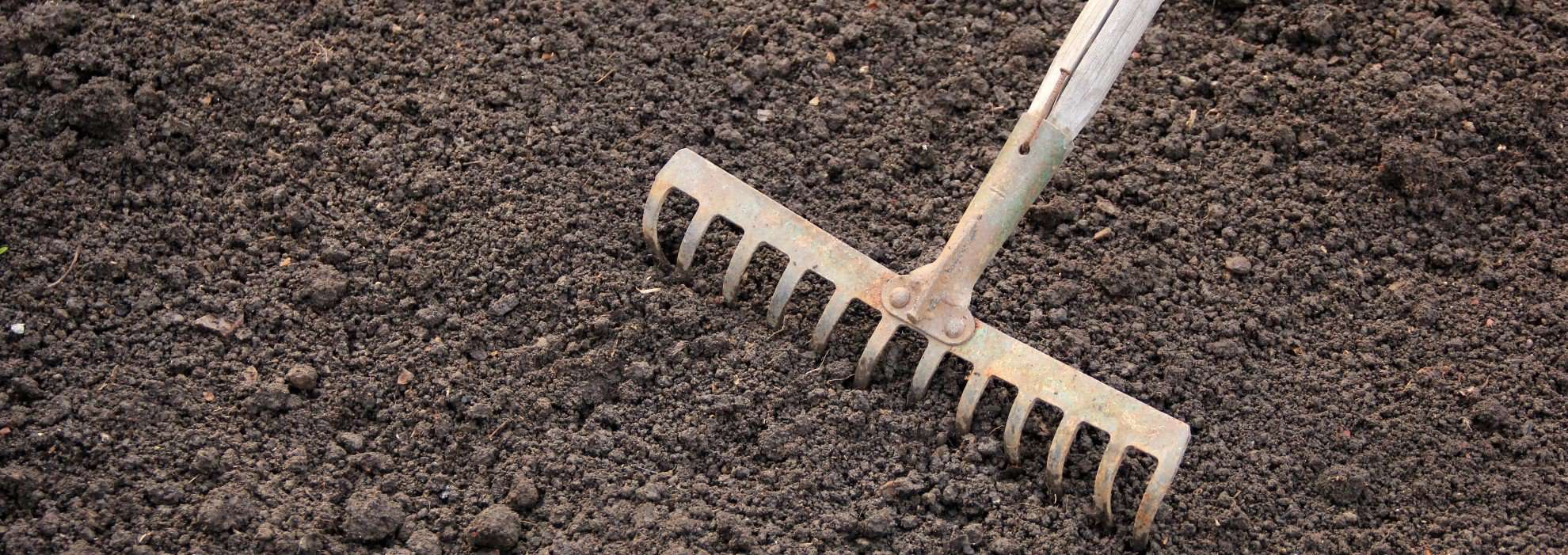When to hydroseed a new lawn
It is best to hydroseed a lawn in the early autumn. This is because the ground is warm after summer, there tends to be more moisture about, the seed will get off to a good start before the winter and weeds will be minimal. During the autumn, a good root system will develop, as opposed to top growth, and the lawn will be ready to withstand hot, dry spells in spring and summer.
We understand that sometimes you have no option but to hydroseed a lawn at other times of the year. Lawns hydroseeded in spring will initially establish well, but due to immature root development, may suffer during the summer months and the invasion of weeds and summer grasses should be expected. While broadleaf weeds can be treated yourself, summer grasses will need to be sprayed by an approved chemical handler. Any bare or thin patches can be reseeded during the autumn.
Surface preparation
Spray out any existing vegetation with a non-residual herbicide such as Roundup. A repeat application two weeks later may be necessary to achieve an adequate result. For an existing lawn, we recommend removal with a turf cutter.
Clear the site of all debris including sticks, stones, old weeds and grass, and cultivate the soil to a depth of 100mm by either digging or using a rotary hoe.
Level the site with a rake taking care not to remove too much topsoil from any one area. Ideally, a minimum of 100mm of topsoil should be maintained across the site. Subsoil does not make a good seedbed as it is low in nutrients and will give variations in growing habit and colour.
Consolidate the soil by tramping down by foot or using a light garden roller. Add soil if necessary to bring your finished level flush with adjacent hard surfaces and rake again to achieve a very smooth finish. The ideal final surface should be firm to walk on, leaving a light footprint but no indentation. The better the seedbed is prepared, the better the lawn will be.


